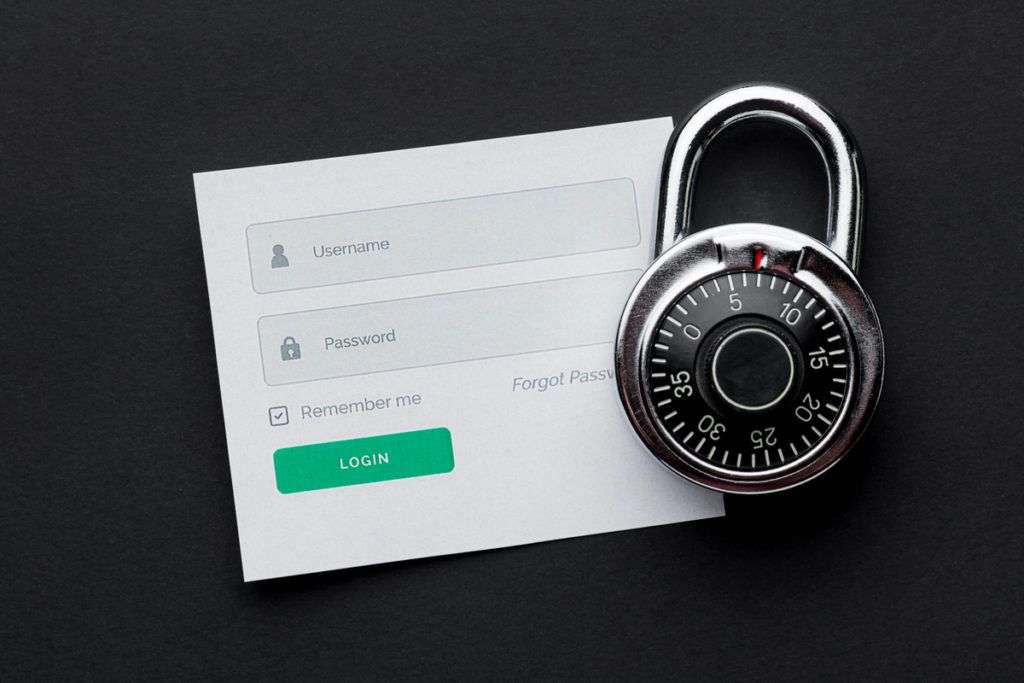As an individual who frequently uses and has access to an online database to access your healthcare accounts, you have probably been made aware of how important it is to keep your account information safe. Most doctor’s offices, clinics, or hospitals have cybersecurity protection installed between their servers and your line of communication. These are put in place to ensure the security of their information and your personal information. Some areas of focus are password security, phishing attacks, and social engineering. While your healthcare providers have already put security measures in place, there are some things that you can do too. Here are three tips!
1. Password Security
One of the benefits of having an online account is that you can access it anywhere on your mobile device. Not all mobile devices have security installed that can prevent you from hackers. You’ll want to make sure that your device has either two-factor authentication or password protection installed before using it to access any healthcare information. These are easy to set up can be beneficial to have while viewing your information online. One of the most common mishaps when it comes to password protection is using the same password for everything. To maximize your online security, choosing different passwords for each account is the smart choice. Using passwords with uncommon phrases, numbers, and special characters can help with creating a strong password. Be sure to avoid storing these on your mobile devices. If you need to write them down, be sure to have them in a secure place.
2. Avoid Phishing Attacks
If you’re using your mobile device to access your healthcare, chances are you are receiving emails about your account. Hackers can send you an email that looks very similar to that of your healthcare provider, but you should look at it carefully before clicking. This is called Phishing and is used to try to obtain your personal information like personal records, banking information, etc. If you do not recognize the sender and they are asking you to send in your personal information, do not click on the email. Instead, delete the email and change the password to your account. Another way to avoid these attacks is to keep your software up to date. Most of the time, software updates can be set to install overnight so that you are not taking time out of your day to have this done. Whenever your software isn’t updated, it allows easier access for your accounts to be compromised. When was the last time you checked your software?
3. Social Engineering
Social Engineering occurs when there is trust and can be why so many people have fallen into this trap. Hackers use emails, names, places, etc. that a user is familiar with as a way to bait them in. Users are more likely to click an email or send information to someone they are familiar with or a place they associate with. Social Engineering can come from a false email with the name of a friend, family member, or even a company you frequently shop with. Another way this is done is by triggering your interest by sending you false information to catch your attention. Hackers familiarize themselves with companies and users before initiating the hack. You can avoid these by being aware of your account, who you are interacting with via your account, and practicing safe online security.

